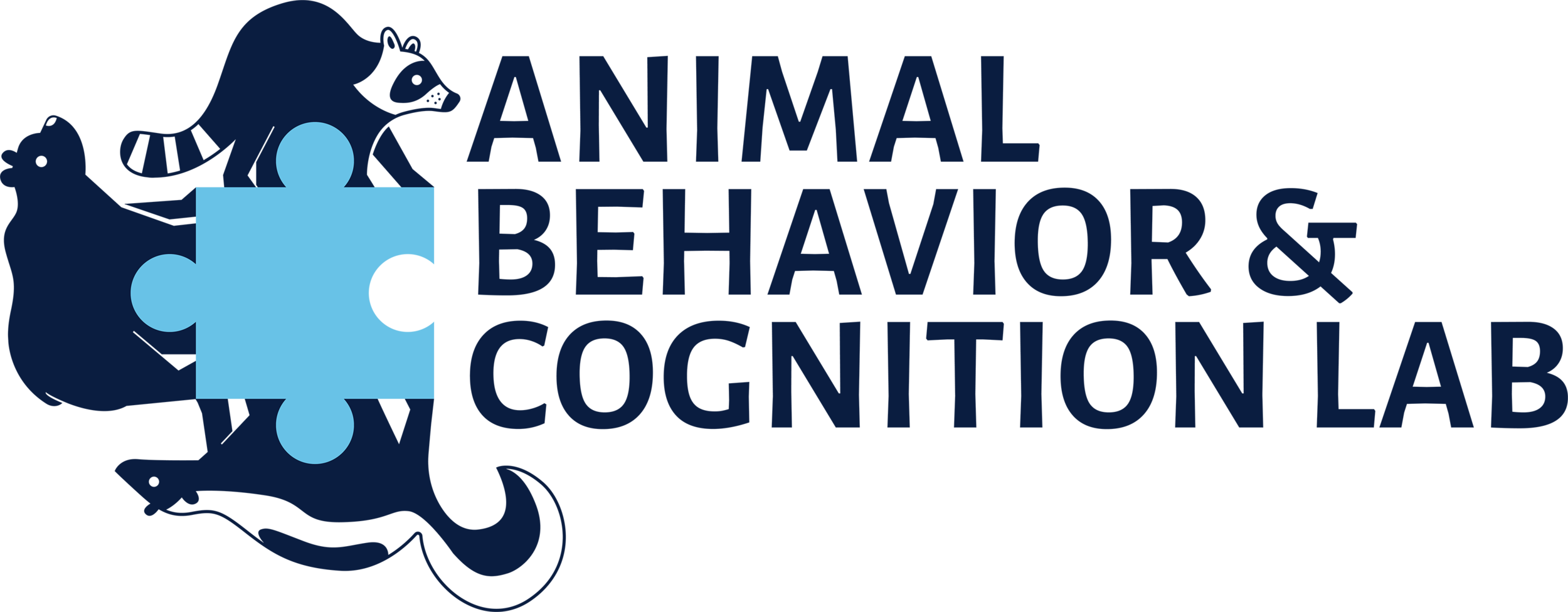We wrote a review paper to examine what is known about the cognition of 'nuisance' species and 'problem' individuals to shed light on the struggles of coexistence with humans along disturbed landscapes.
We took an in-depth look at several cognitive abilities that are hypothesized to be of critical importance for species that are successfully utilizing human-altered environments, including neophilia, boldness, categorization, innovation, memory, learning, social learning and behavioural flexibility. We examined evidence that these cognitive abilities may also bring animals into conflict with humans.
We also highlighted some examples of species that may be using cognitive mechanisms to change their behaviour to avoid conflict with humans. We then discussed the role of animal cognition in current mitigation strategies that have been developed to address human-wildlife conflict. We considered the role that human behaviour and perception of animals might play in either worsening or lessening conflict with wildlife.
Finally, we proposed some directions for future research and suggest that empirical investigation of 'nuisance' animal cognition could reveal the cognitive mechanisms underlying adaptation to anthropogenic change as well as help mitigate human-wildlife conflict.











